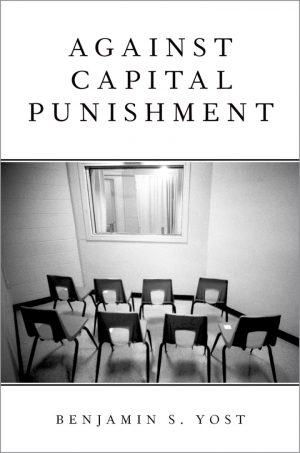Consultation at Work Regulation and Practice
$50.38
Attention: This is just ebook, Access Codes or any other Supplements excluded! / File Delivery: Sent Via Email within 24 hours!
SKU: 0d3c75176b31
Category: Law Textbooks
Description
-
Author(s)Mark Hall; John Purcell
-
PublisherOUP Oxford
-
FormatPDF
-
Print ISBN
9780199605460, 0199605467 -
eText ISBN
9780199605460, 0199605467 -
Edition
-
Copyright
- Details
The practice of consultation between senior managers and employee representatives has a long history in British employment relations yet has often been overshadowed by discussions on collective bargaining. In the last few decades, the importance of consultation has been elevated by two main trends: the decline in trade union membership and the retreat from collective bargaining in the private sector on the one hand, with the result that consultation may be the only form of collective employee voice available; and the programme of legislative support for consultation by the European Union since the 1970s on the other. The book charts the meaning and development of consultation in the twentieth century and explores the justifications for the practice. It shows how EU intervention to promote consultation evolved and changed, paying particular attention to the adoption of the Information and Consultation of Employees (ICE) Regulations, which became fully operational in enterprises with 50 or more employees in 2008. Analysing the half-hearted response to EU consultation initiatives by the social partners in Britain, it provides a critical assessment of successive UK governments’ handling of the issue. Drawing on the authors’ empirical research in twenty-five organizations, the book closely examines the take-up and impact of consultation regulations, and explores the processes involved in effective consultation. Consultation at Work looks at the dynamics of consultation and draws a contrast between ‘active’ consultation of the type envisaged by the EU, and more limited consultation used as a means of communication. Discussing the UK experience in comparative perspectives, it asks what has to happen for the take-up of consultation to improve and suggests the changes that should be made to the EU Directive and UK ICE Regulations.
Related products
-

A Measure of Freedom
Rated 0 out of 5$29.25 Add to cart -

Antitrust and Patent Law
Rated 0 out of 5$97.50 Add to cart -

Against Capital Punishment
Rated 0 out of 5$12.35 Add to cart -

Challenges for Humanitarian Intervention 1st Edition Ethical Demand and Political Reality
Rated 0 out of 5$27.62 Add to cart

